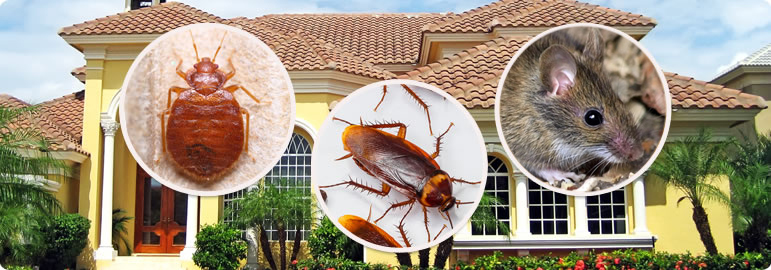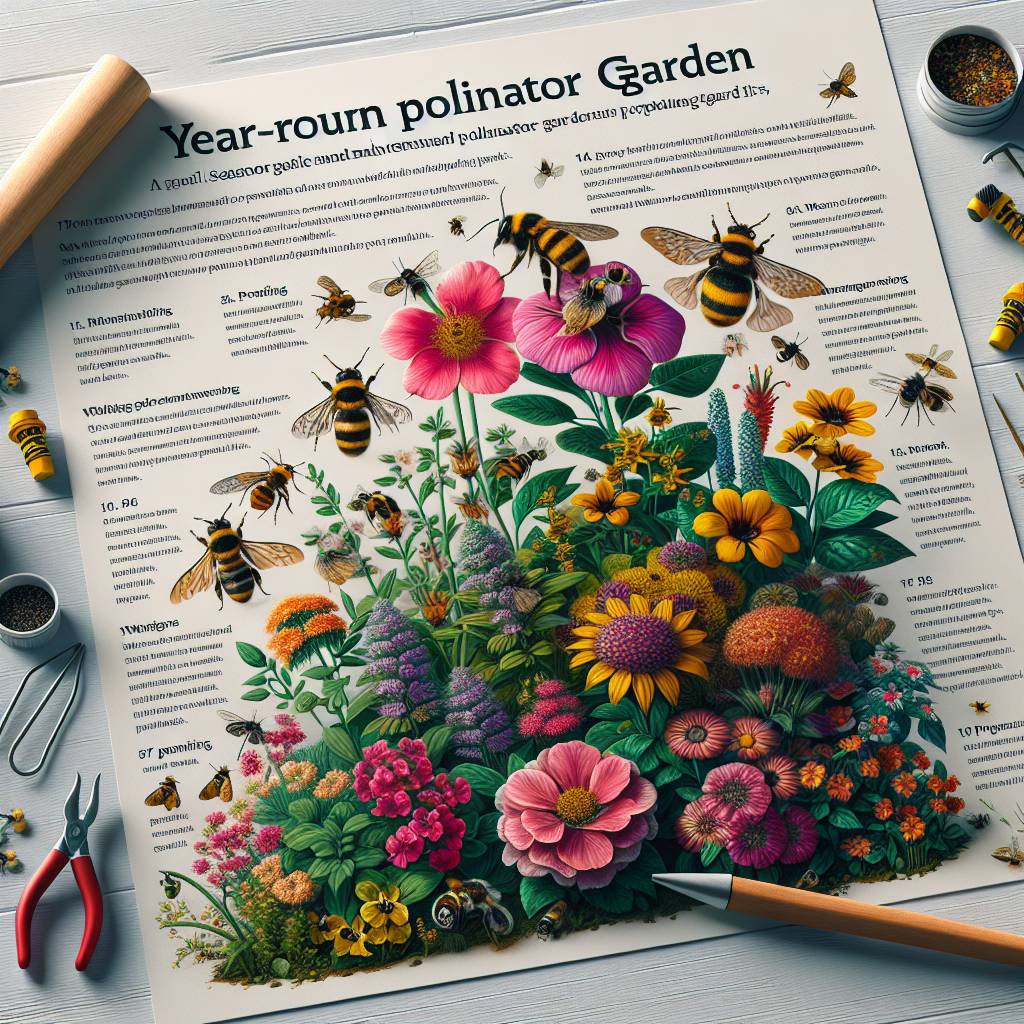As your hydrangeas and zucchini squash plants bloom in the heat of the summer, gardeners of all skill levels will need to protect their precious produce from hungry garden pests. Whether you rely on store-bought pesticides, natural pest control methods, or the expertise of professional pest control providers, you don’t want your garden-grown tomatoes or fresh basil to slip into the wrong hands.
While exterminating pests can be tedious, nurturing a garden of your own can be deeply fulfilling for both beginner and expert gardeners, alike. These routine practices such as weeding, pruning, and watering can even yield stress-reducing benefits.
Despite the joys of gardening, these pros are often accompanied by a series of cons. One of these drawbacks is attending to aggravating garden pests. For example, if you’re located in the Orange County area, garden pests like grasshoppers and cucumber beetles can be a menace, often requiring professional help from an Orange County pest control provider.
The good news is that there pest control strategies that can be implemented in any home garden. For those gardeners hoping to avoid chemical-based solutions, there are non-invasive, non-toxic options available. Here are seven natural pest control methods that can help you deal with pests in your garden.
Add beneficial bugs to the garden
Some insects will instinctually prey on other garden pests plaguing your garden. Arachnids are more than willing to feed on pests such as aphids and thrips including:
• spiders
• assassin bugs
• dragonflies
• praying mantises
• lacewings
• ladybugs
• damsels
• parasitic wasps
• nematodes
Predators such as spiders, dragonflies, and ladybugs eat their prey outright, while parasitic wasps lay their eggs in the bodies of insects or larvae. When the eggs hatch, the wasp larvae eat their host from the inside out, killing it before it can pupate and develop into a reproductive adult.
Physically removing pests
For gardeners who aren’t put off by the thought of making direct contact should consider hand-picking as a method of pest control. Plucking pests off the surface of your plants is an easy, free, and completely non-toxic method of pest control. For pests like the tomato hornworm, a huge caterpillar whose appetites are insatiable, hand-picking is the best way to remove these garden invaders.
Once they’ve been plucked off of the surface of your plants, they can be left out for birds to feed their young with. Instead of destroying your budding plant life, these bugs will offer life-sustaining benefits to newly-hatched baby birds.
If you aren’t willing to dedicate copious amounts of time to handpick pests off your the surface of your plants, you can eradicate these tiny and soft-bodied aphids are tiny and soft-bodied aphids using insecticidal soap. Other times, it’ll be easier to remove these pests from your garden by swiping your thumb across a leaf. If the gardener prefers to avoid both direct contact and harsh chemical-based treatments, a well-aimed blast of water from the garden hose should do the trick.
Add row covers and other devices
Row covers can be applied during the spring and summer months as a way to keep plants cool, while simultaneously repelling pests that lurk in your garden. When installing these row covers, you’ll need to verify that no pests are trapped beneath the surface. Otherwise, these predators will continue to wreak havoc without consequence.
To discourage warm-blooded pests from infesting your garden, you can place saplings in wire cages wrapped with hardware cloth. The cage should be placed at least a few inches away from the tree to ensure proper growth.
Diatomaceous Earth
Diatomaceous Earth or DE is an insecticide that’s plant-safe and safe to use around children and pets. Essentially, Diatomaceous Earth is sand harvested from riverbeds that contain tiny creature skulls called diatoms. This form of pest control dries out insects, effectively killing these soft-bodied insects and slugs. DE has also been known to successfully eliminate hard-bodied insects such as weevils and beetles.
To apply Diatomaceous Earth, dust the soil around the plants with diatomaceous earth after a light rain. This pest control method should be applied in the early morning while the dew is still fresh or immediately after spritzing the plants with water. Dust the entire plant from the root to the top of the leaves. Another trick is to spray a solution of a quarter-pound of DE, five gallons of water, and a teaspoon of insecticidal soap. These additions help the Diatomaceous Earth adhere more firmly to the plant. Fruit trees can also be handpainted with this solution of DE, water, and insecticidal soap. For optimal results, make sure to reapply the solution after rain showers.
Insecticidal soap
Like Diatomaceous Earth, insecticidal soap works best on soft-bodied insects. This soap doesn’t resemble the soap used for handwashing or dishwashing. Instead, insecticidal soap uses fatty acid salts to invade and rupture insect cell membranes. Like DE, it’s not harmful to humans if accidentally ingested, as it targets the bodily systems of pests, specifically.
Insecticidal soap’s effectiveness is enhanced when it’s used in conjunction with pest-feeding predators such as ladybug larvae. While insecticidal soap can be extremely effective in eliminating pests, it shouldn’t be used on all types of plants in your garden.
If applied to particular plant species, It can actually burn the leaves of plants such as pea plants. If a gardener is wondering whether or not it’s safe for use on the plants featured in your garden, they should perform a spot test on a few leaves. Once the insecticidal soap is applied to these few leaves, wait for a couple of days to see how the leaves react.
Pepper powder
Stray rabbits will chew on just about anything in the garden. If hot pepper or black pepper is sprinkled on the plants, it will travel up the rabbit’s nose and trigger a sneezing fit. Other substances that can be applied to discourage rabbits from munching on your plants include damp wood ashes, crushed mint, and talcum powder. Make sure that substances are reapplied regularly, especially after a storm.
The beer trap
Pouring stale beer in a shallow pan with the lip at ground level is a tried-and-true method to catch slugs. The yeast in the beer is known to attract these ravaging pests. If you don’t have beer on-hand or you’d prefer not to waste your six-pack on pest control methods, a trap can be made using three cups of water, two tablespoons of sugar, and one tablespoon of yeast.
Conclusion
Store-bought pesticides aren’t your only option for warding off pests. These pest-fighting ingredients may even be stored in your pantry or refrigerator. Remember, when you have natural pesticides right within reach, you don’t have to invest oodles of money into your pest control strategy. With the right research, pest control can be simple and affordable.






